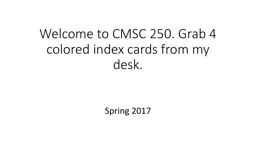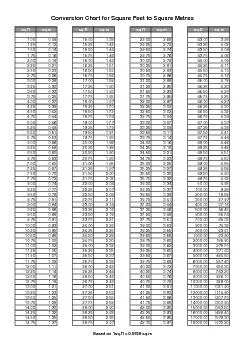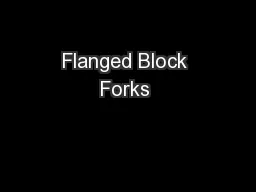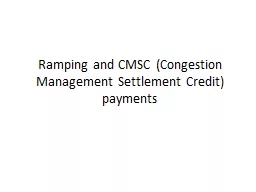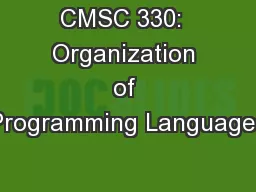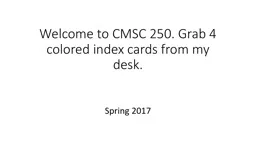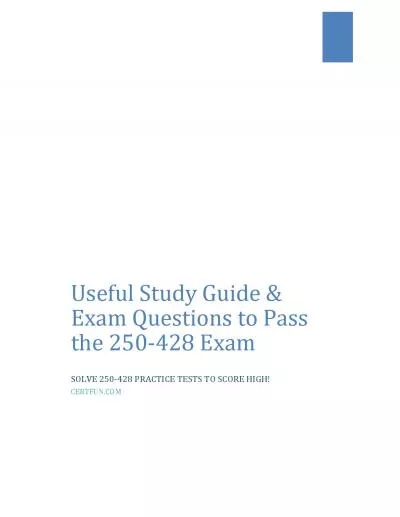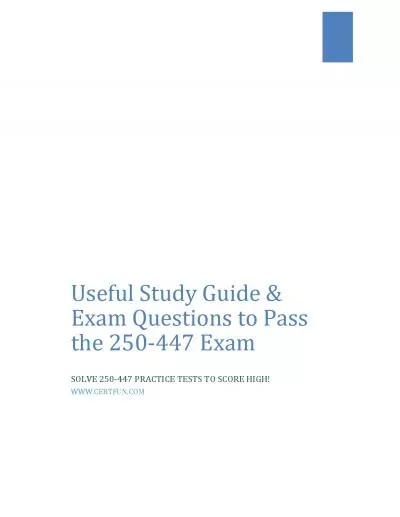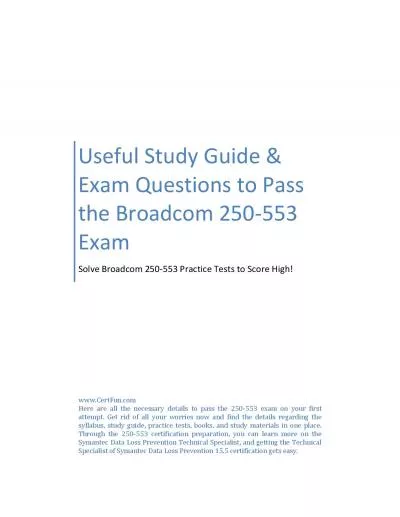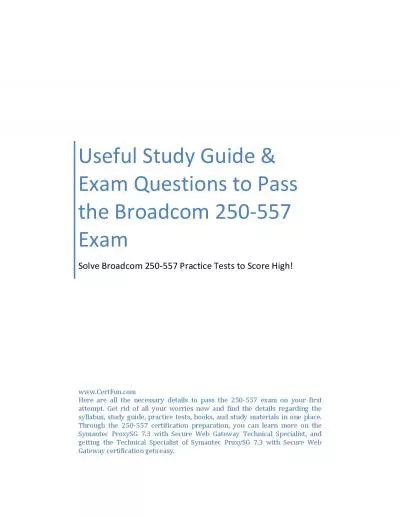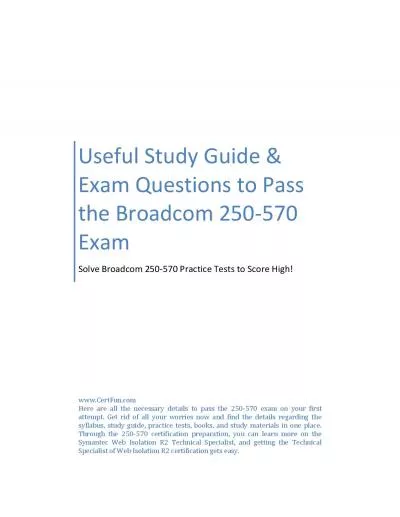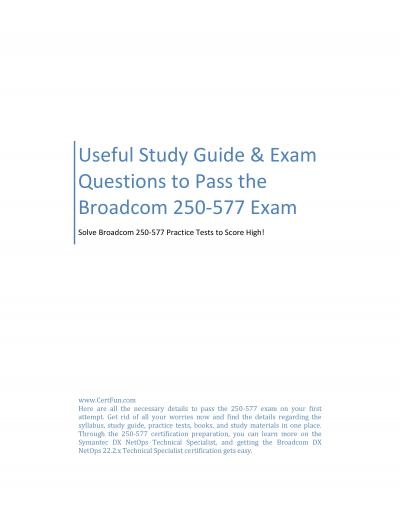PPT-Welcome to CMSC 250. Grab 4 colored index cards from my desk.
Author : lois-ondreau | Published Date : 2018-11-04
Spring 2017 QUICK FACTS CS Major requirement 2 lectures per week Tue Thu SKN for 010x CSIC 1115 for 020x030x 2 discussion sessions per section Mon Wed Grading
Presentation Embed Code
Download Presentation
Download Presentation The PPT/PDF document "Welcome to CMSC 250. Grab 4 colored inde..." is the property of its rightful owner. Permission is granted to download and print the materials on this website for personal, non-commercial use only, and to display it on your personal computer provided you do not modify the materials and that you retain all copyright notices contained in the materials. By downloading content from our website, you accept the terms of this agreement.
Welcome to CMSC 250. Grab 4 colored index cards from my desk.: Transcript
Download Rules Of Document
"Welcome to CMSC 250. Grab 4 colored index cards from my desk."The content belongs to its owner. You may download and print it for personal use, without modification, and keep all copyright notices. By downloading, you agree to these terms.
Related Documents

